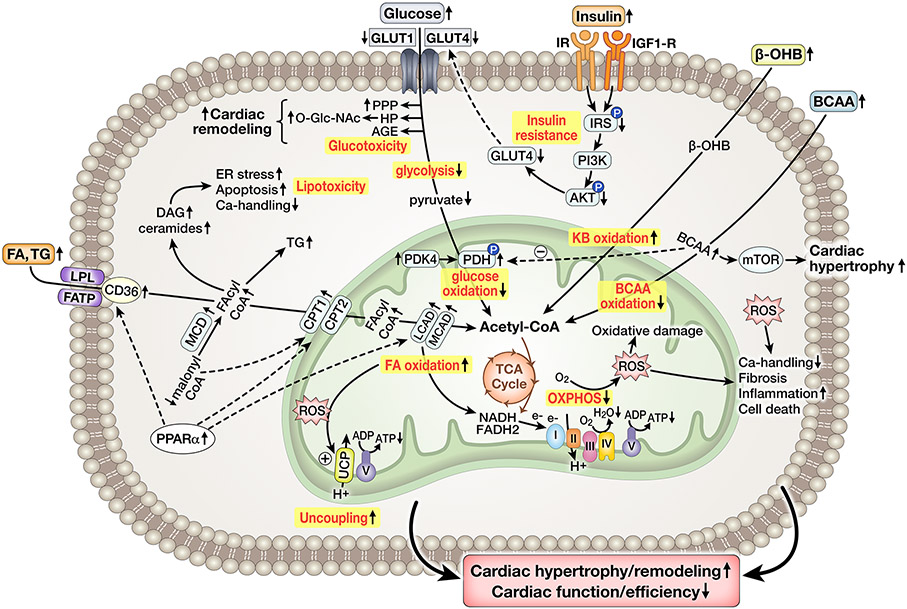Figure 3: Simplified overview of cardiac energy metabolism in the Metabolic Syndrome.
Increased delivery of FA and TG, as well as activation of PPARα signaling, increase FA oxidation and generation of reactive lipid intermediates (acyl-CoA, ceramide, DAG). Glycolysis and glucose oxidation (GO) are decreased, contributed to by decreased glucose uptake due to impaired insulin stimulated glucose uptake. Early glycolysis intermediates are shifted into the PPP, AGE generation, and HBP pathway, driving O-Glc-Nacylation that could contribute to cardiac remodeling. KB oxidation may be increased, whereas BCAA oxidation is decreased, contributing to PDH inhibition and cardiac hypertrophy by mTOR activation. Mitochondrial ATP synthesis is impaired due to defects in the respiratory chain and ROS-mediated mitochondrial uncoupling. Mitochondrial and cytosolic ROS impair Ca2+ handling, induce fibrosis, promote inflammation and increase cell death. Collectively, impaired energetics contribute to cardiac remodeling, dysfunction and inefficiency.

